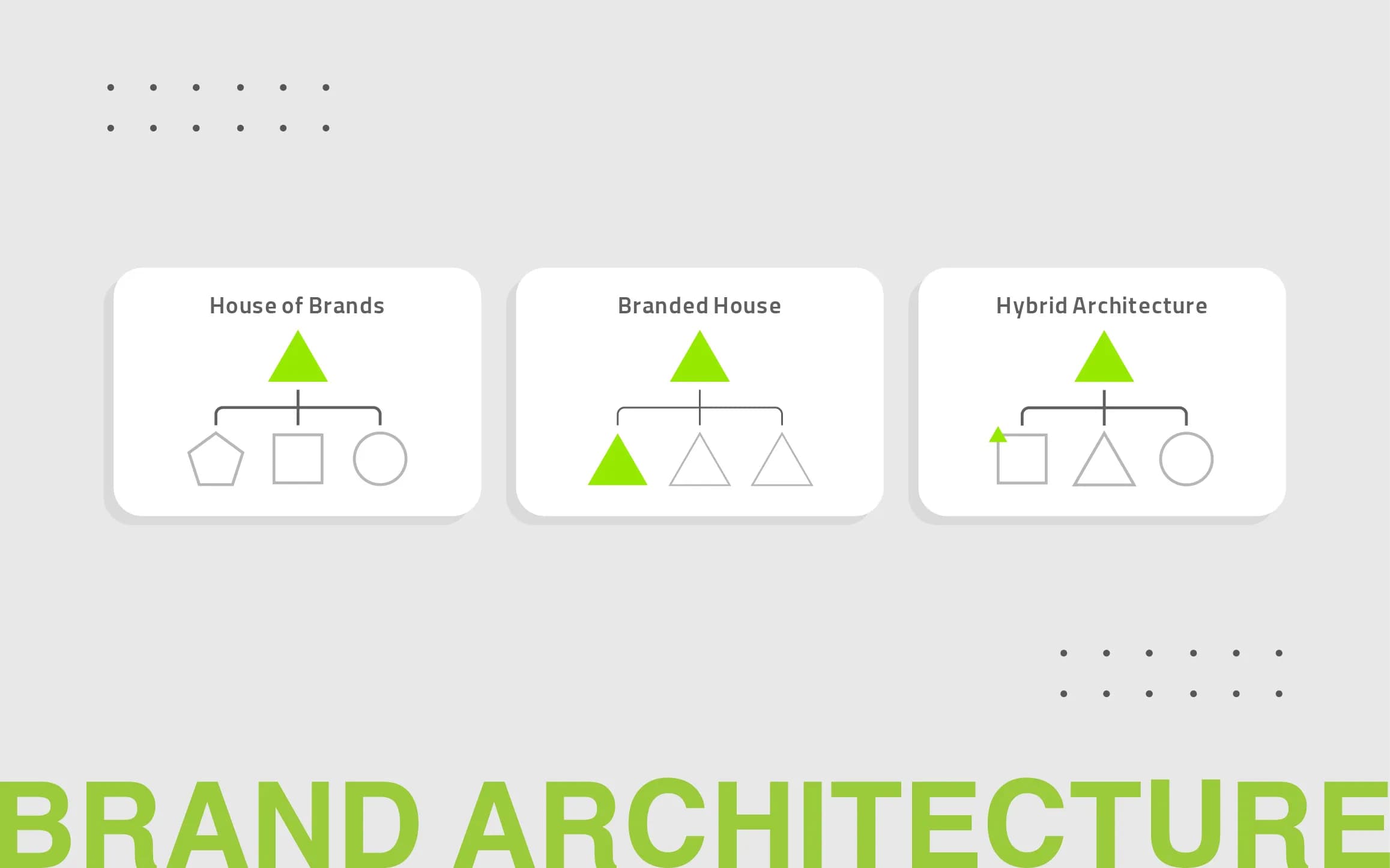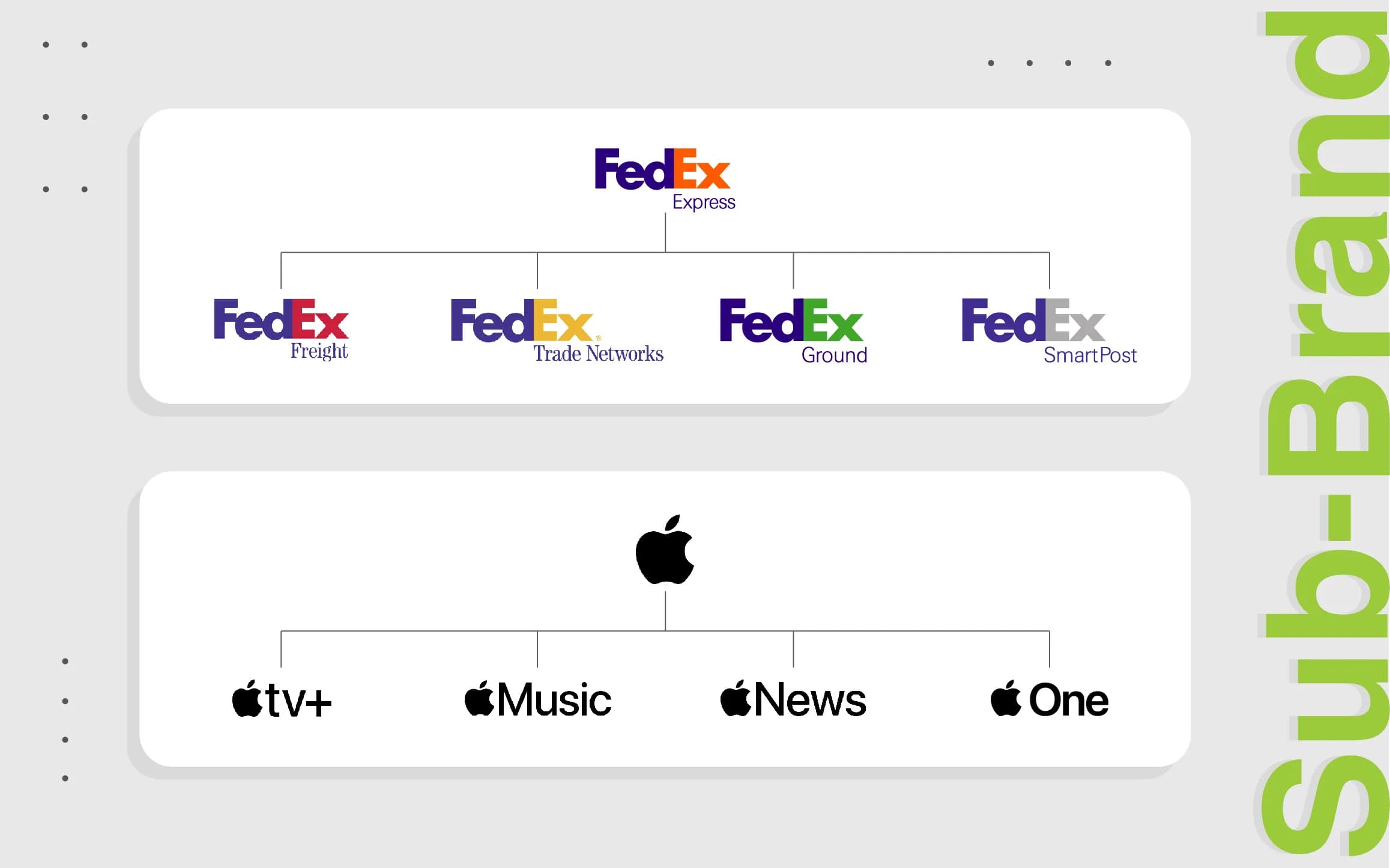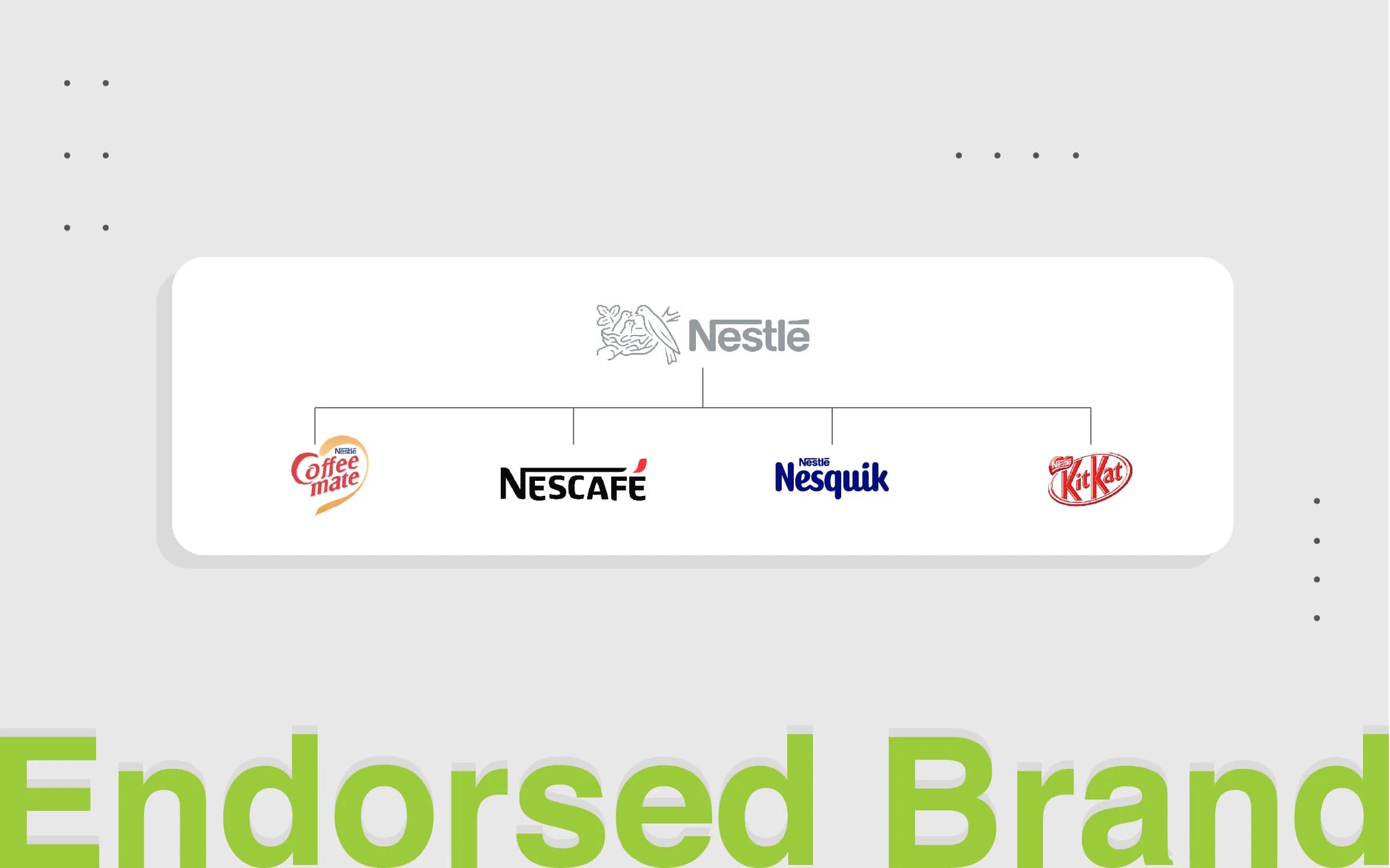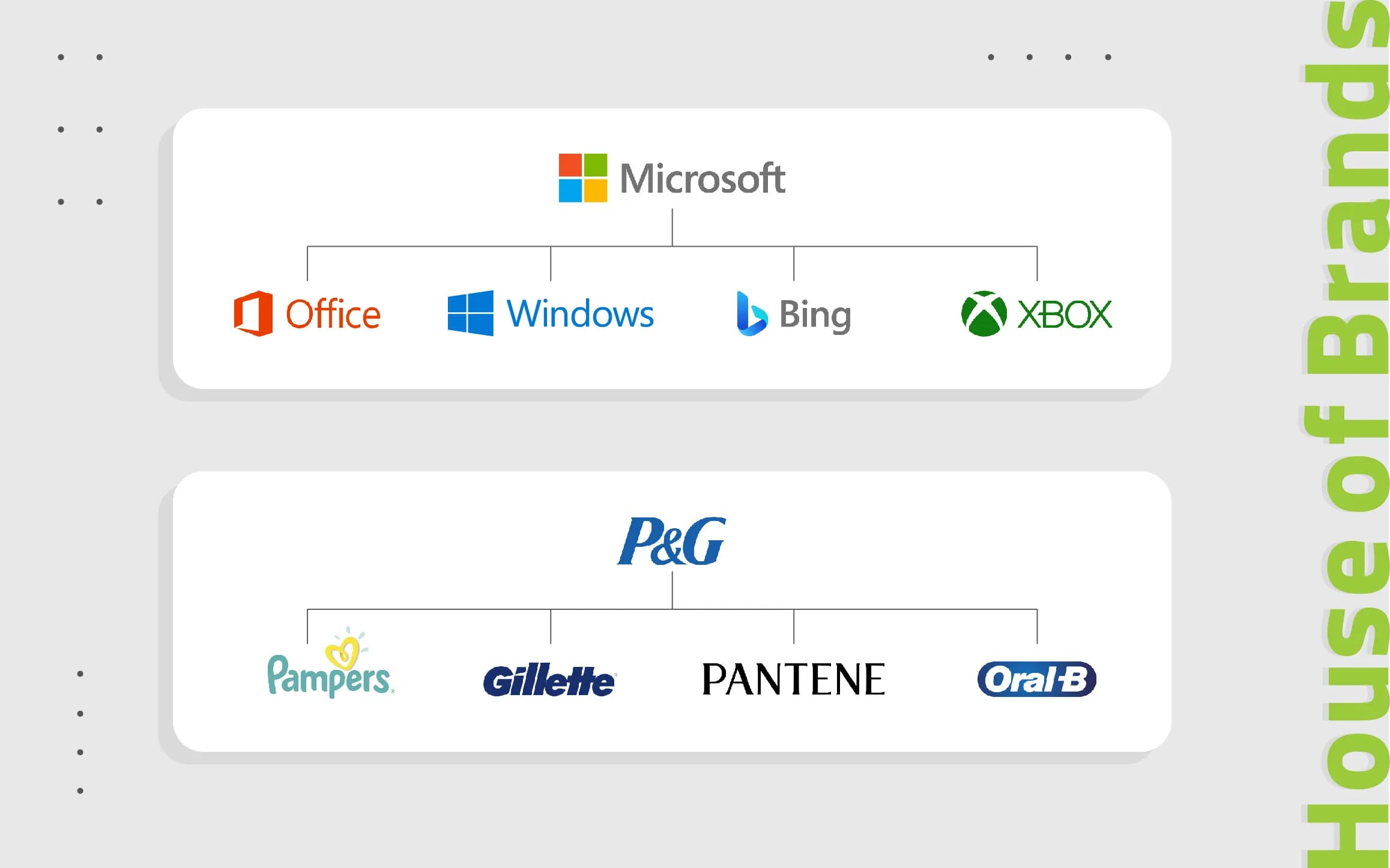Exploring Various Brand Architecture Models and Choosing the Right Strategy
Return to Blogs%20en.jpg&w=3840&q=75)
Brand architecture is one of the most crucial aspects of brand strategy, enabling organizations to communicate more effectively with their target audiences. It refers to the structure and relationships among various brands within an organization. Brand architecture allows companies to decide how to present their brands and sub-brands to the audience and determine the degree of independence or cohesion among them. This article explores the importance of brand architecture, examines different types of brand architecture and models employed by various companies, and concludes with effective strategies for implementing a solid brand architecture.
The Importance of Brand ArchitectureClarity and Navigation: A well-defined brand architecture helps consumers easily identify and understand a brand’s products and services. It clarifies relationships between different offerings, creating a positive customer experience.
Building Brand Identity: Brand architecture aids in defining a brand’s identity. Through a suitable structure, brands can shape their identity and present themselves as an integrated entity.
Strategic Management: With a clear brand architecture, companies can make better decisions regarding new product development, market entry, and sub-brand management. This enables more efficient allocation of resources.
Enhancing Brand Loyalty: When consumers can easily understand and trust a brand, they are more likely to remain loyal to it. An appropriate brand architecture fosters a sense of belonging and deeper connection with customers.

Similarly, Hyundai exemplifies this unified brand architecture. From its vehicles (like the Hyundai Santa Fe and Hyundai Tucson) to other ventures such as construction and shipbuilding, all activities operate under the Hyundai name and identity. The Hyundai name and logo define the core identity of all its subsidiaries, strengthening the overall brand image. Samsung also employs a monolithic brand model. From consumer electronics (such as Samsung Galaxy phones) to home appliances and industrial businesses like semiconductors, all are marketed under the Samsung brand, reinforcing a unified and trustworthy identity.
 1-2- Sub-Brand Architecture
1-2- Sub-Brand Architecture Amazon also uses the sub-brand model to manage various business segments. The parent brand supports subsidiaries that focus on specific services with distinct identities while remaining connected to Amazon's strength and credibility. Examples include Amazon Prime (subscription services for fast shipping and access to video and music content), Amazon Web Services (AWS) (cloud services for businesses and startups), Amazon Fresh (fresh grocery delivery), and Amazon Alexa (AI platform and voice assistant). Each sub-brand addresses specific market needs while leveraging Amazon's robust infrastructure and reputation. This strategy allows Amazon to maintain a prominent position across various industries.
 1-3- Endorsed Brand Architecture
1-3- Endorsed Brand Architecture  1-4- Federation Brand Architecture
1-4- Federation Brand Architecture  2- House of Brands
2- House of Brands  3- Hybrid Architecture
3- Hybrid Architecture .webp&w=3840&q=75)
Market Research and Analysis: Conduct thorough research on target audiences, competitors, and market trends before defining brand architecture. These insights help identify customer needs and expectations.
Clearly Defined Brand Values and Messaging: Ensure the brand's mission, values, and messages are clearly articulated. These values should be reflected across all brand elements to establish a strong identity.
Integrated Customer Experience: All customer touchpoints with the brand—packaging, advertising, customer service—should deliver a unified and consistent experience aligned with the brand's architecture.
Regular Evaluation and Updates: Continuously assess and update the brand architecture as needed. Market changes and customer needs may necessitate structural adjustments.
Brand architecture is a vital strategy that helps brands effectively organize themselves to align with their market and goals. For instance, FedEx has created a cohesive and unified image in customers' minds using the branded house model, while P&G has successfully managed diverse independent brands with the house of brands model. Similarly, Google leverages a hybrid architecture to benefit from its parent brand while enabling subsidiary brands to innovate and grow. Meanwhile, Yamaha, with its monolithic brand model, has maintained quality and credibility across multiple industries under a single name.
By creating a clear and consistent brand architecture, businesses can establish meaningful connections with their audience, achieve sustainable growth, and solidify their position in today's competitive landscape. Brand architecture is not only essential for large corporations but also for small businesses, as it helps them effectively present their products and services to their audience and ensure the sustainable growth of their brand.
https://fabrikbrands.com/branding-matters/branding/brand-architecture/
https://elementthree.com/blog/why-brand-architecture-matters-and-what-you-can-do-about-it/
https://www.thebrandingjournal.com/2022/01/brand-architecture/
https://mojtabakheradyar.com/branding/brand-architecture-and-models/
https://yagoubrohe.ir/what-is-brand-architecture/
https://www.nerdoma.com/blog/what-is-brand-identity/
https://saeedroyande.com/what-is-brand-architecture/